Home>Technology>Security & Surveillance>How Does A Smart Lock Work
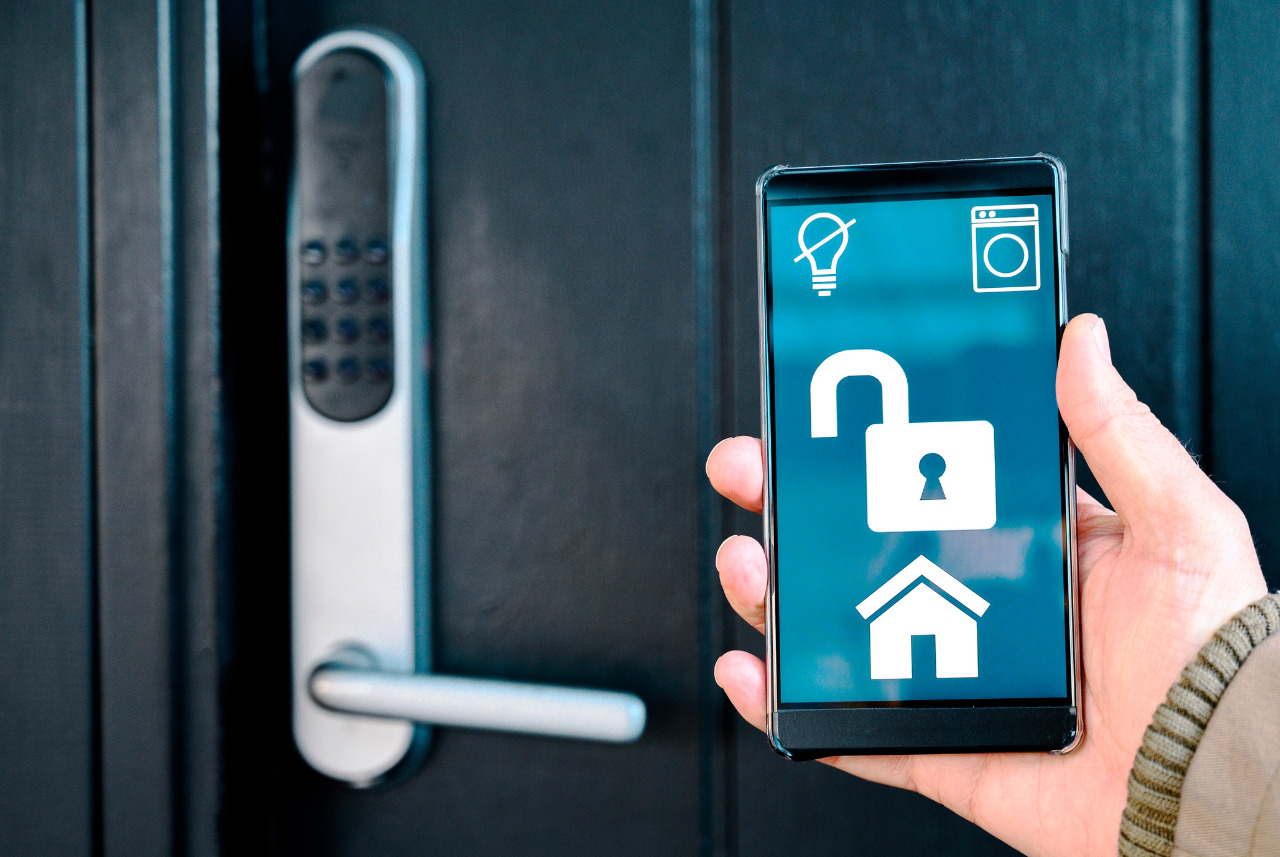

Security & Surveillance
How Does A Smart Lock Work
Published: December 23, 2023
Discover how a smart lock enhances security and surveillance with its advanced technology and seamless integration into your home security system. Learn how these innovative locks work to provide convenience and peace of mind for your family and property.
(Many of the links in this article redirect to a specific reviewed product. Your purchase of these products through affiliate links helps to generate commission for Storables.com, at no extra cost. Learn more)
Introduction
Read more: How Does A Smart Door Lock Work
Introduction
Smart locks have revolutionized the way we secure our homes and businesses, offering convenience, flexibility, and enhanced security features. These innovative devices have gained popularity for their ability to provide keyless entry, remote access control, and seamless integration with smart home systems. In this article, we will delve into the inner workings of smart locks, exploring their key components, authentication methods, communication protocols, power management, security features, and their advantages and limitations. By understanding how smart locks function, you can make informed decisions about implementing this cutting-edge technology to fortify your security infrastructure.
Key Takeaways:
- Smart locks use advanced technology like biometric scanners and mobile apps to make homes and businesses more secure. They offer convenience and enhanced security features, but users need to consider power management and compatibility with existing systems.
- Smart locks are like high-tech guardians for doors, offering keyless entry and remote control. While they bring cool features and enhanced security, users should also think about battery power and initial costs.
Key Components of Smart Locks
Smart locks are equipped with a range of sophisticated components that work in unison to provide seamless access control and advanced security features. Understanding the key components of smart locks is crucial for comprehending their functionality and potential vulnerabilities. Here are the primary components found in most smart lock systems:
- Electronic Lock Mechanism: The core of a smart lock, this electronic mechanism replaces the traditional key and tumbler system. It can be operated through various methods such as keypad entry, biometric scanners, or proximity sensors.
- Processor and Memory: Smart locks are embedded with microprocessors and memory modules to handle user authentication, encryption, and communication protocols. These components form the brain of the smart lock, executing complex algorithms to ensure secure access control.
- Wireless Connectivity: Most smart locks utilize wireless communication protocols such as Bluetooth, Wi-Fi, or Z-Wave to connect with smartphones, smart home hubs, and remote access platforms. This wireless connectivity enables seamless integration with other smart devices and remote control capabilities.
- Power Supply: Smart locks are powered by batteries or wired electrical connections. Efficient power management is essential to ensure continuous operation and to prevent unauthorized access in the event of power outages.
- Physical Enclosure: The physical housing of a smart lock is designed to withstand tampering, environmental elements, and physical attacks. It provides protection to the internal components and ensures the overall durability of the lock system.
By comprehending the intricate interplay of these components, users can appreciate the complexity and reliability of smart lock systems. The next section will delve deeper into the authentication methods employed by smart locks to verify user access.
How Smart Locks Authenticate Users
Smart locks employ advanced authentication methods to verify the identity of individuals seeking access to a secured area. These authentication techniques are pivotal in ensuring that only authorized users can unlock the smart lock. Here are the primary methods through which smart locks authenticate users:
- Keypad Entry: Some smart locks feature a numerical keypad that requires users to input a predefined PIN code to gain entry. This method eliminates the need for physical keys and allows for easy code management.
- Biometric Scanners: High-end smart locks integrate biometric authentication, utilizing fingerprint, retina, or facial recognition to grant access. These biometric scanners offer a high level of security and are resistant to unauthorized access through traditional means.
- Proximity Sensors: Smart locks equipped with proximity sensors can detect authorized smartphones or key fobs within a specific range, automatically unlocking the door when a recognized device is in proximity. This hands-free approach enhances convenience while maintaining security.
- Mobile Apps: Many smart locks are compatible with mobile apps that allow users to remotely control and monitor access to their premises. These apps often utilize secure authentication methods such as two-factor authentication and encrypted communication channels.
By leveraging these diverse authentication methods, smart locks provide a versatile and robust approach to access control. The next section will explore the communication protocols employed by smart locks to facilitate seamless connectivity and remote access.
Communication Protocols in Smart Locks
Smart locks leverage advanced communication protocols to facilitate seamless interaction with authorized devices, remote access platforms, and smart home ecosystems. These protocols form the backbone of the connectivity and data exchange processes within smart lock systems. Here are the primary communication protocols commonly employed in smart locks:
- Bluetooth: Many smart locks utilize Bluetooth technology to establish short-range connections with smartphones and other authorized devices. Bluetooth Low Energy (BLE) is particularly popular due to its energy efficiency and compatibility with a wide range of mobile devices.
- Wi-Fi: Smart locks equipped with Wi-Fi connectivity can directly connect to home networks, enabling remote access and control from anywhere with an internet connection. Wi-Fi connectivity also facilitates integration with voice assistants and smart home hubs.
- Z-Wave: This wireless communication protocol is designed for home automation and is commonly used in smart home devices, including smart locks. Z-Wave enables seamless integration with smart home platforms and allows for centralized control of multiple devices.
- Thread: Developed to support reliable, low-power, and secure networking for smart home and commercial applications, Thread is increasingly being adopted in smart lock systems to enable robust and scalable connectivity.
These communication protocols empower smart locks to seamlessly integrate with smart home ecosystems, mobile devices, and cloud-based platforms, offering users unparalleled convenience and control over their security infrastructure. The next section will delve into the power sources and battery management strategies employed by smart locks to ensure continuous operation.
Read more: How Does August Smart Lock Work
Power Source and Battery Management
Smart locks rely on efficient power sources and battery management systems to ensure uninterrupted operation and enhanced security. The choice of power source and the implementation of effective battery management strategies are crucial considerations in the design and deployment of smart lock systems. Here are the primary power sources and battery management techniques utilized in smart locks:
- Battery Power: Many smart locks are powered by batteries, offering the advantage of easy installation and flexibility in door hardware selection. Advanced battery technologies such as lithium-ion provide extended operational lifespans and reliable performance.
- Low-Battery Indicators: Smart locks incorporate low-battery detection mechanisms to alert users when the battery levels are running low. This proactive notification system ensures that users can replace batteries in a timely manner, preventing unexpected lockouts.
- Emergency Power Backup: To mitigate the risk of being locked out during power outages, smart locks may feature emergency power backup options such as external battery connectors or mechanical key overrides. These backup solutions offer redundancy and peace of mind in critical situations.
- Power-Saving Modes: Smart locks implement power-saving modes to optimize battery usage without compromising security. These modes may include sleep modes, adaptive power management, and intelligent algorithms that minimize power consumption during idle periods.
By leveraging these power sources and battery management techniques, smart locks can deliver reliable and uninterrupted operation, ensuring that access control is maintained even in challenging scenarios. The next section will explore the remote access and control capabilities of smart locks, empowering users with unprecedented convenience and security.
Remote Access and Control
Smart locks offer remote access and control features that empower users to manage access to their premises from anywhere, enhancing convenience and security. These capabilities are made possible through seamless integration with mobile apps, cloud-based platforms, and smart home ecosystems. Here are the key aspects of remote access and control facilitated by smart locks:
- Mobile App Integration: Many smart locks are accompanied by dedicated mobile apps that enable users to remotely lock, unlock, and monitor their doors. These apps provide real-time notifications and activity logs, allowing users to stay informed about access events even when away from their premises.
- Cloud Connectivity: Smart locks often leverage cloud-based connectivity to enable remote access and control. This cloud infrastructure facilitates secure communication between the smart lock, the user’s mobile devices, and authorized third-party services, enhancing the overall accessibility and reliability of the system.
- Remote Authorization: Users can grant temporary or recurring access permissions to guests, service providers, or family members remotely, without the need for physical key exchanges. This capability is particularly valuable for managing access in shared residences or rental properties.
- Integration with Smart Home Platforms: Smart locks seamlessly integrate with popular smart home platforms and voice assistants, allowing users to incorporate access control into their broader smart home automation routines. This integration enables voice commands, scheduling, and automation triggers for enhanced convenience.
By embracing remote access and control capabilities, smart locks empower users with unprecedented flexibility and oversight of their security infrastructure. The next section will delve into the integration of smart locks with broader smart home systems, unlocking new possibilities for seamless automation and security enhancement.
When using a smart lock, make sure to regularly update the firmware and change the access codes to enhance security and prevent unauthorized access.
Integration with Smart Home Systems
Smart locks seamlessly integrate with smart home systems, unlocking a myriad of possibilities for enhanced security, automation, and convenience. By interfacing with smart home platforms and devices, smart locks can be incorporated into comprehensive security and automation routines, offering users unparalleled control and peace of mind. Here are the key aspects of smart lock integration with smart home systems:
- Interoperability with Smart Home Hubs: Smart locks are designed to integrate with popular smart home hubs and controllers, enabling centralized management of access control alongside other smart devices such as lights, thermostats, and security cameras.
- Automation Triggers: Smart locks can serve as triggers for automation routines, allowing users to automate actions based on lock status changes. For example, unlocking the door can trigger the activation of specific lights or the adjustment of thermostat settings.
- Customized Security Modes: Integration with smart home systems enables the creation of customized security modes that synchronize the operation of smart locks with broader security protocols. Users can define specific behaviors for different security scenarios, enhancing overall preparedness.
- Voice Control Capabilities: Smart locks can be voice-controlled through integration with popular voice assistants, offering hands-free access control and status checks. Voice commands can be used to lock doors, check lock status, or grant temporary access to visitors.
By embracing seamless integration with smart home systems, smart locks become integral components of comprehensive security and automation ecosystems, offering users unprecedented levels of customization and control. The next section will delve into the security features of smart locks, highlighting the measures implemented to safeguard against unauthorized access and intrusions.
Security Features of Smart Locks
Smart locks are equipped with robust security features designed to fortify access control and safeguard against unauthorized entry attempts. These features are instrumental in ensuring the integrity and resilience of smart lock systems, offering users peace of mind and enhanced protection. Here are the key security features commonly found in smart locks:
- Advanced Encryption: Smart locks employ advanced encryption protocols to secure communication between the lock, authorized devices, and remote access platforms. This encryption ensures that access credentials and commands are protected from interception and tampering.
- Tamper Detection: Many smart locks are equipped with tamper detection mechanisms that can trigger alarms or lockout procedures in response to physical manipulation or forced entry attempts. These measures deter unauthorized tampering and intrusions.
- Secure Access Protocols: Smart locks implement secure access protocols to verify the authenticity of access requests, preventing unauthorized individuals from exploiting vulnerabilities or bypassing authentication mechanisms.
- Activity Logging: Smart locks maintain detailed activity logs that record access events, including lock/unlock instances, failed access attempts, and changes in lock status. These logs provide users with visibility into access activities and serve as valuable audit trails.
- Physical Durability: The physical construction of smart locks is engineered to withstand physical attacks, environmental factors, and wear-and-tear. Durable materials and robust designs enhance the overall resilience of the lock system.
By integrating these security features, smart locks establish a formidable defense against unauthorized access and security breaches, instilling confidence in users regarding the reliability and integrity of their access control infrastructure. The next section will explore the advantages and limitations of smart locks, providing a comprehensive overview of their capabilities and considerations.
Read more: Why Is Smart Lock Not Working
Advantages and Limitations of Smart Locks
Smart locks offer a range of advantages that cater to modern security needs, but they also come with certain limitations that should be considered when evaluating their suitability for specific applications. Understanding the pros and cons of smart locks is essential for making informed decisions regarding their adoption. Here are the key advantages and limitations of smart locks:
- Advantages:
- Convenient Keyless Entry: Smart locks eliminate the need for physical keys, offering keyless entry options such as PIN codes, biometric scans, and smartphone-based access.
- Remote Access and Control: Users can remotely manage access permissions, monitor lock status, and receive real-time notifications through dedicated mobile apps and cloud-based platforms.
- Integration with Smart Home Systems: Smart locks seamlessly integrate with smart home platforms, enabling comprehensive security and automation routines that enhance overall convenience and efficiency.
- Enhanced Security Features: Advanced encryption, tamper detection, and secure access protocols fortify smart locks against unauthorized access attempts and security breaches.
- Customization and Flexibility: Smart locks offer customizable access permissions, automation triggers, and user-specific settings, catering to diverse user preferences and security requirements.
- Limitations:
- Reliance on Power Sources: Smart locks are dependent on power sources, and battery management is crucial to prevent operational disruptions due to depleted batteries or power outages.
- Compatibility and Interoperability: Integration with existing door hardware and smart home systems may require compatibility checks and potential modifications, impacting the overall implementation process.
- Initial Costs and Maintenance: The initial investment in smart lock systems and ongoing maintenance requirements should be considered, especially when compared to traditional lock solutions.
- Security and Privacy Concerns: While smart locks offer advanced security features, they are not immune to potential cyber threats and privacy vulnerabilities associated with connected devices and digital platforms.
- User Learning Curve: Users may need time to familiarize themselves with the operation and management of smart locks, especially when transitioning from traditional lock systems.
By weighing these advantages and limitations, users can make informed assessments of the practicality and benefits of implementing smart locks in their security infrastructure. The next section will summarize the key insights and takeaways regarding the functionality and considerations associated with smart locks.
Conclusion
Smart locks represent a transformative evolution in access control and security, offering a blend of cutting-edge technology, convenience, and advanced features. By delving into the inner workings of smart locks, we have gained valuable insights into their key components, authentication methods, communication protocols, power management, remote access capabilities, integration with smart home systems, security features, as well as their advantages and limitations.
Smart locks have redefined the traditional concept of door security, providing users with keyless entry options, remote management capabilities, and seamless integration with smart home ecosystems. The advanced authentication methods, robust security features, and customization options empower users to tailor access control to their specific needs while enhancing overall security and convenience.
While smart locks offer a host of advantages, including enhanced security, remote accessibility, and integration possibilities, they also present considerations such as power management, compatibility challenges, initial costs, and user adaptation. Understanding these facets is crucial for making informed decisions and maximizing the benefits of smart lock technology.
As smart locks continue to evolve and integrate with emerging technologies, they hold the potential to further enhance security, automation, and user experiences in residential, commercial, and institutional settings. By embracing the advancements in smart lock technology and staying attuned to best practices in security and connectivity, users can harness the full potential of smart locks while mitigating potential limitations.
In conclusion, smart locks exemplify the convergence of innovation and security, offering a glimpse into the future of access control. By leveraging their capabilities and addressing associated considerations, smart locks can serve as pivotal components in modern security infrastructures, providing users with a seamless, customizable, and reliable approach to safeguarding their premises.
Frequently Asked Questions about How Does A Smart Lock Work
Was this page helpful?
At Storables.com, we guarantee accurate and reliable information. Our content, validated by Expert Board Contributors, is crafted following stringent Editorial Policies. We're committed to providing you with well-researched, expert-backed insights for all your informational needs.
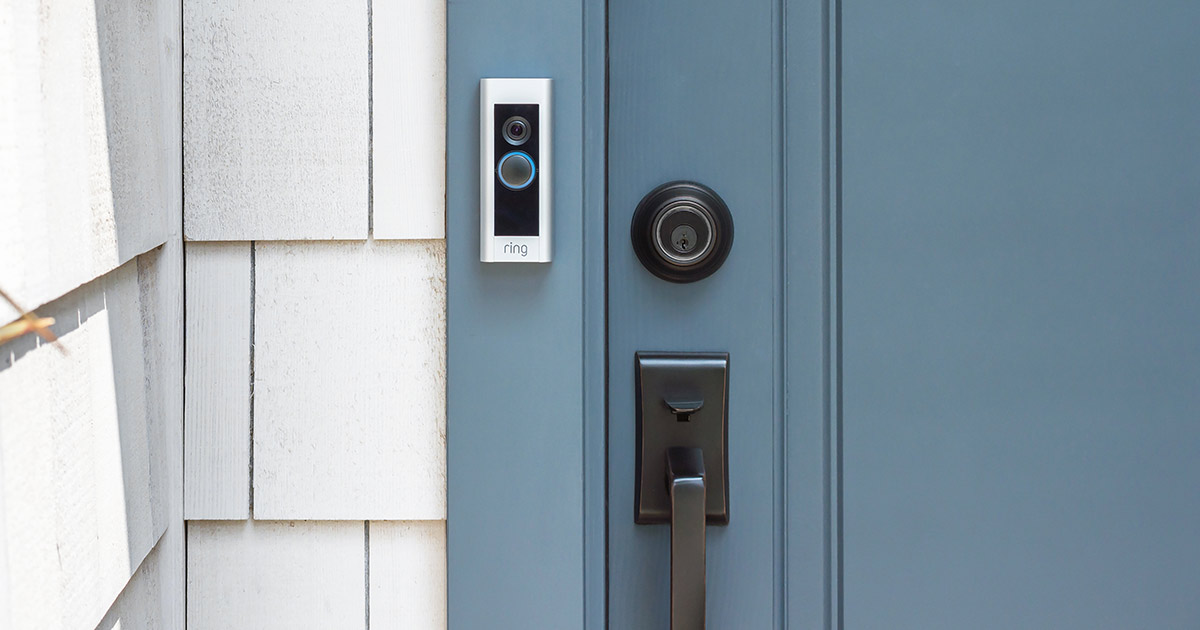
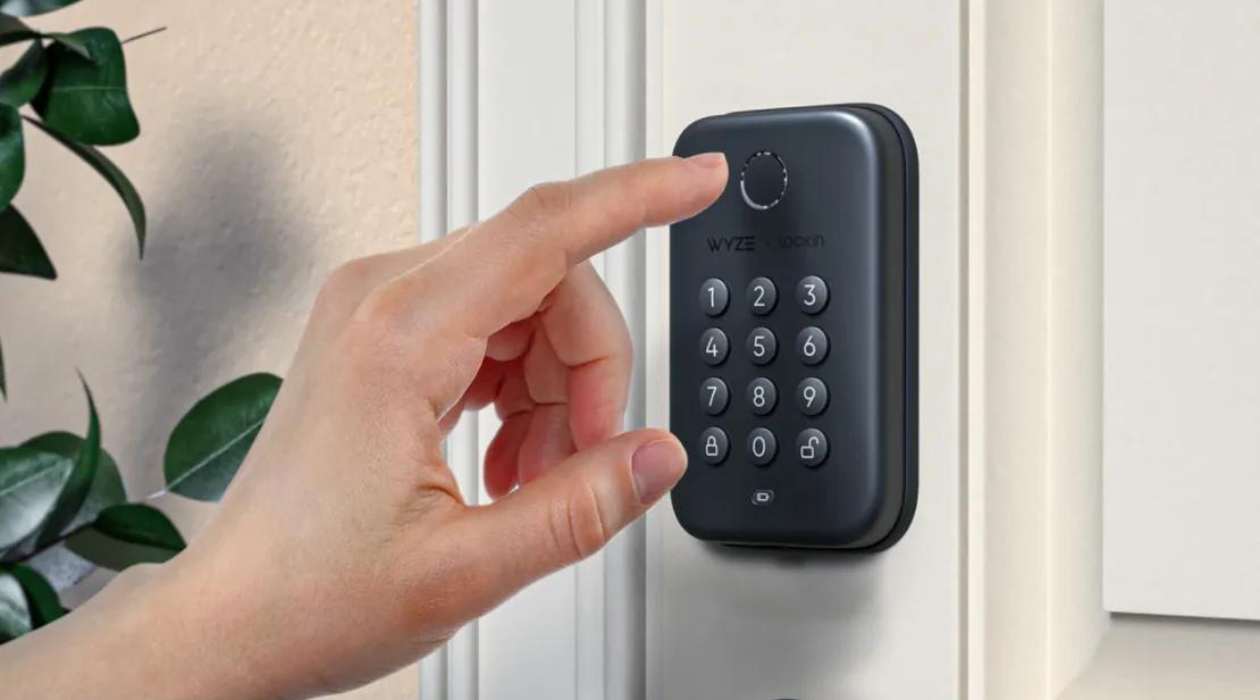
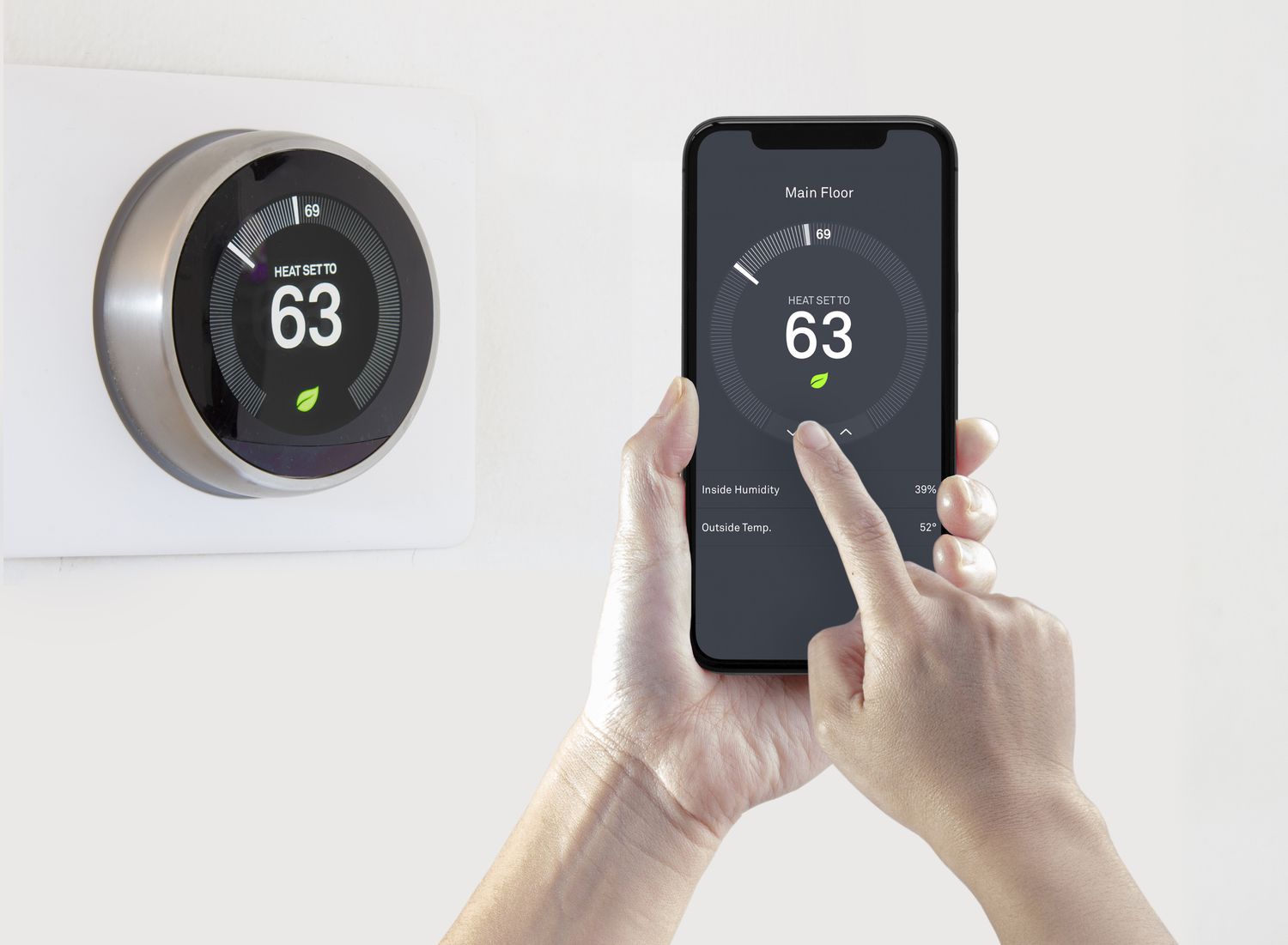

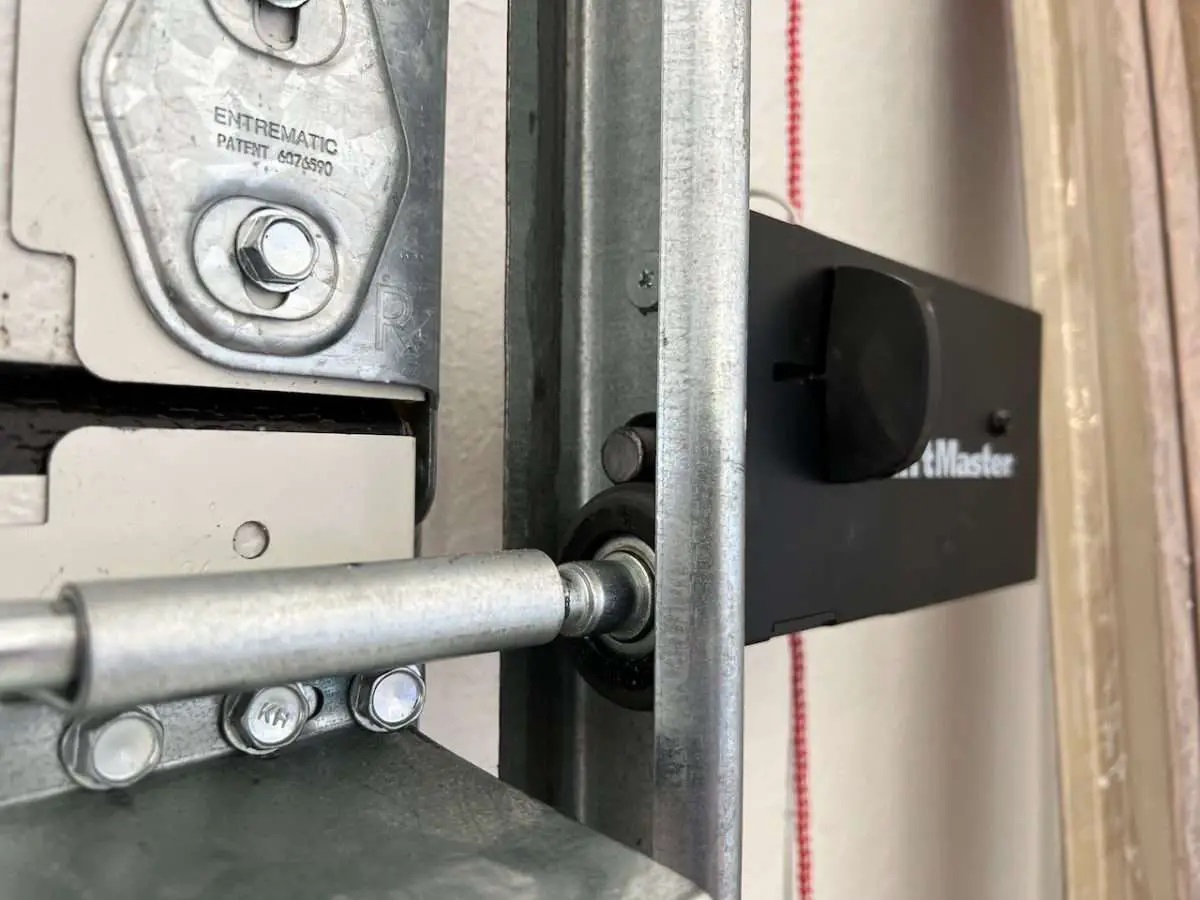
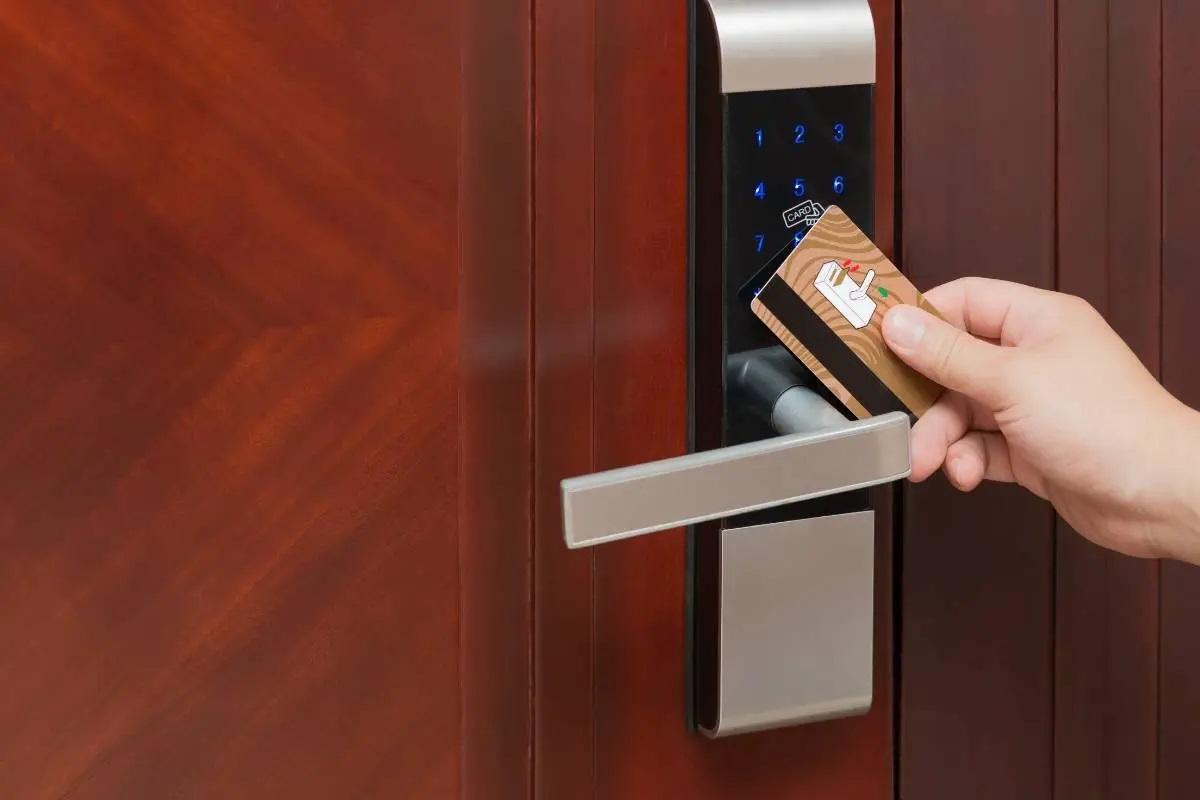
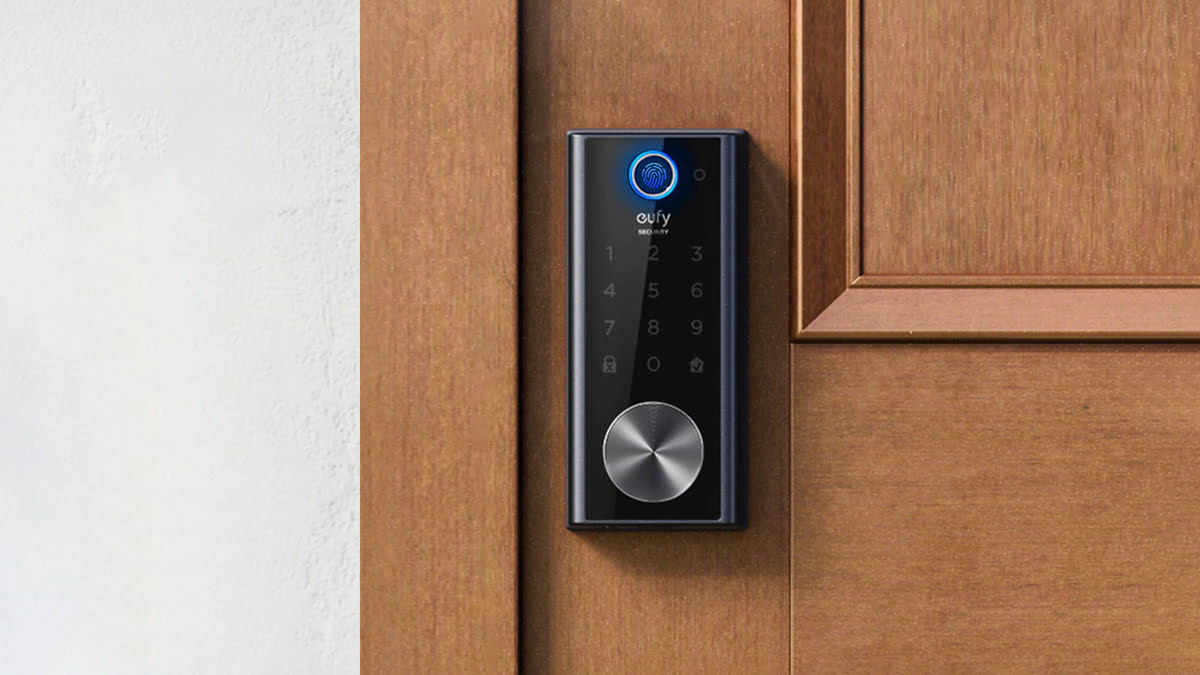
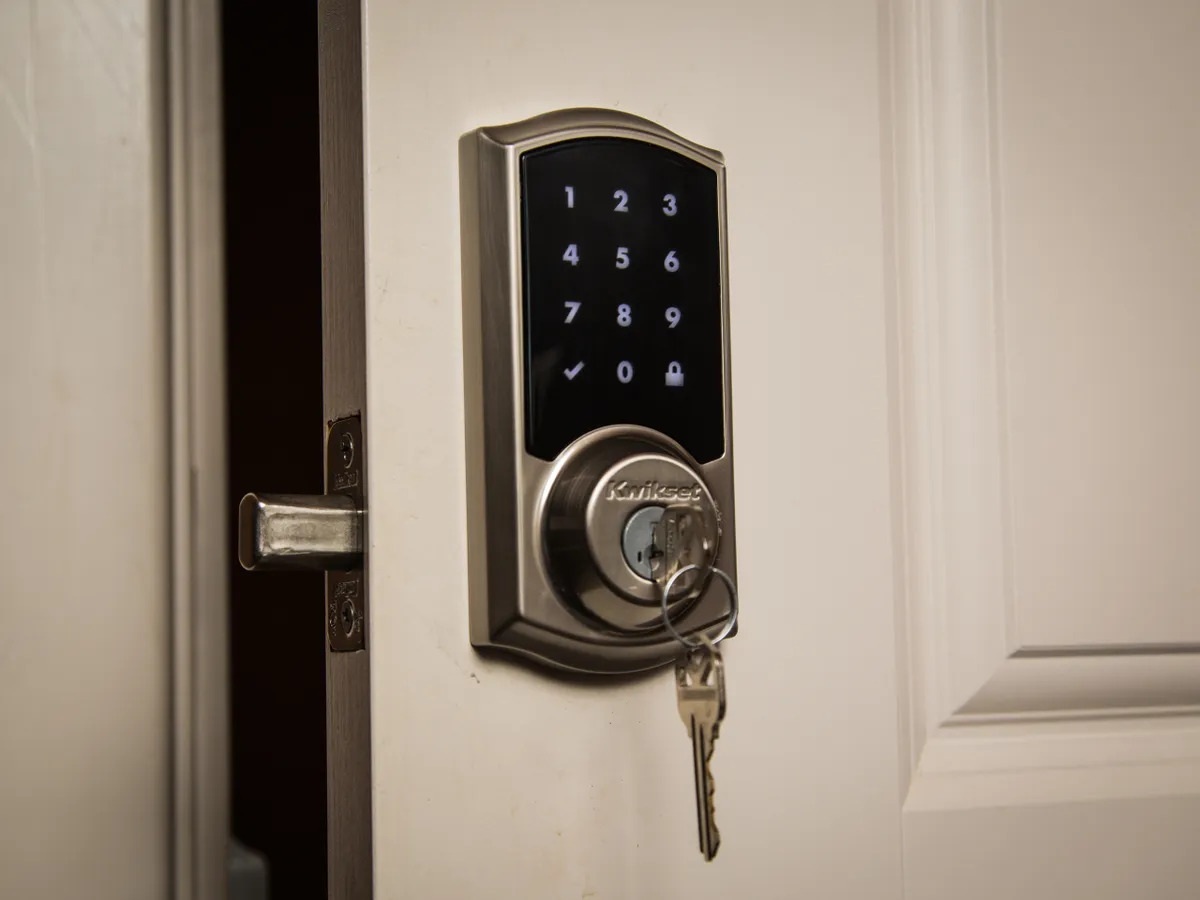
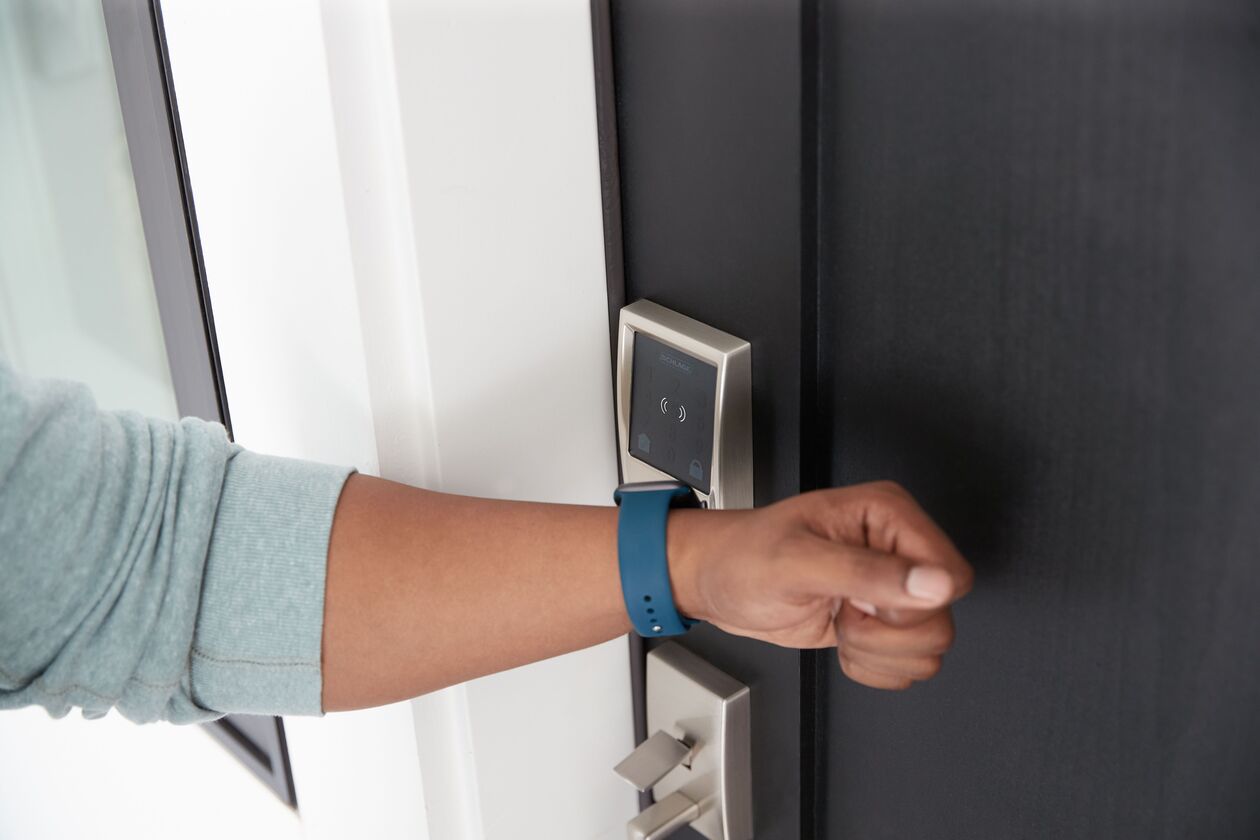
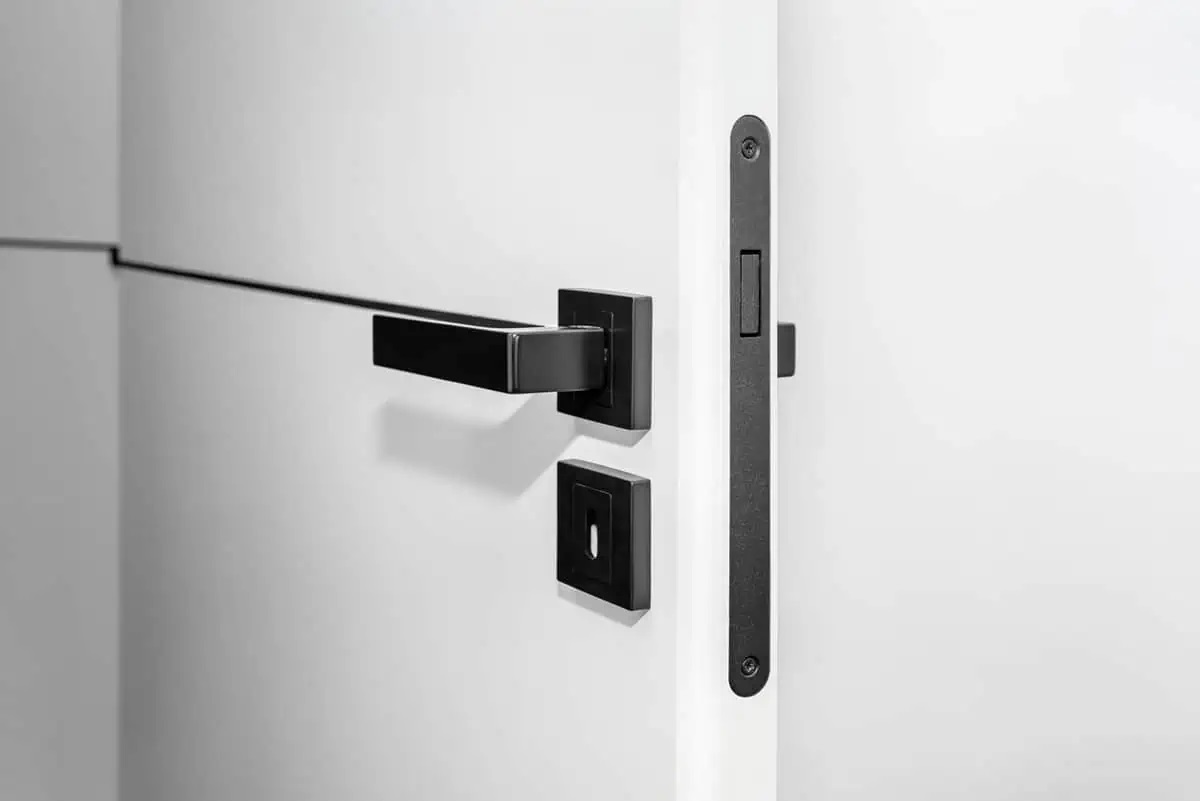
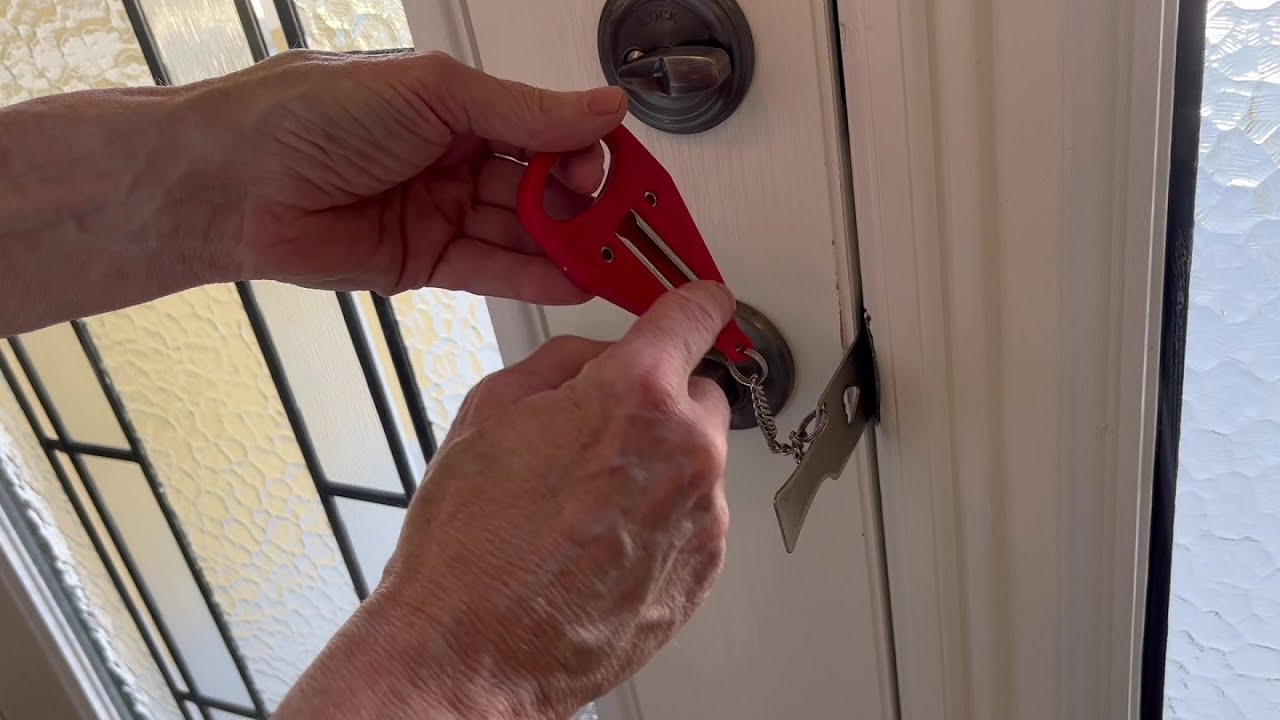
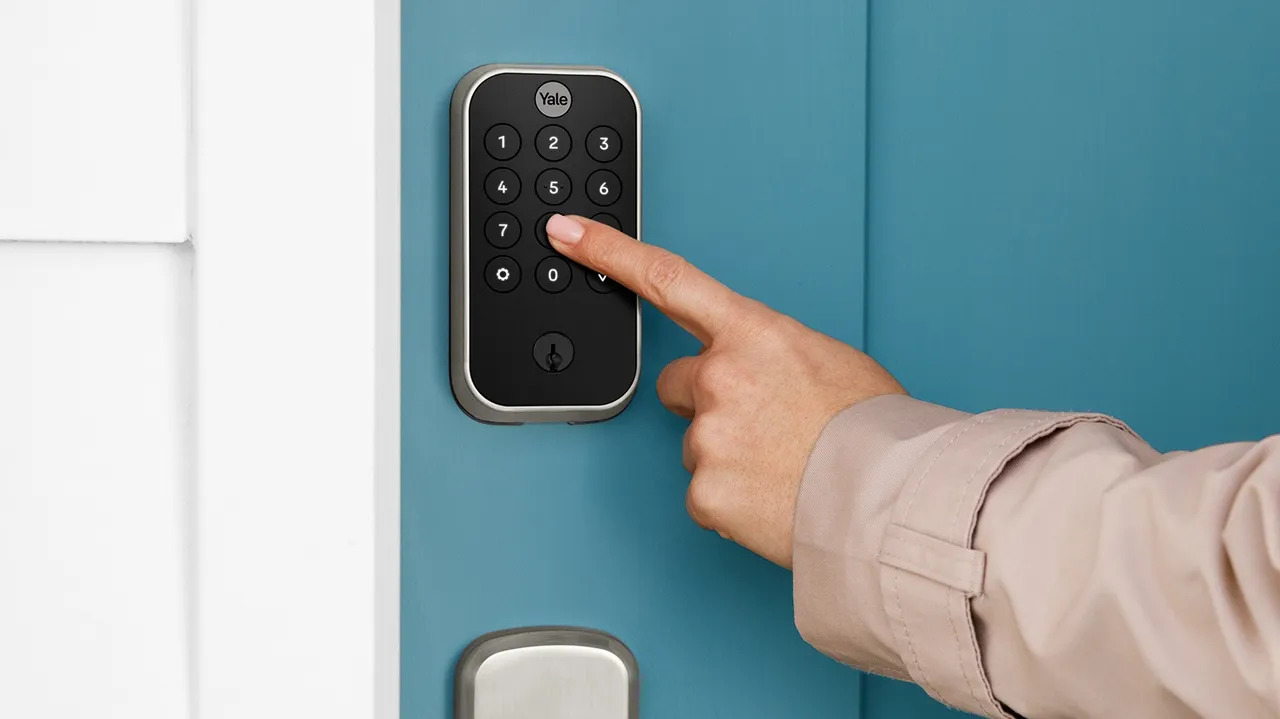
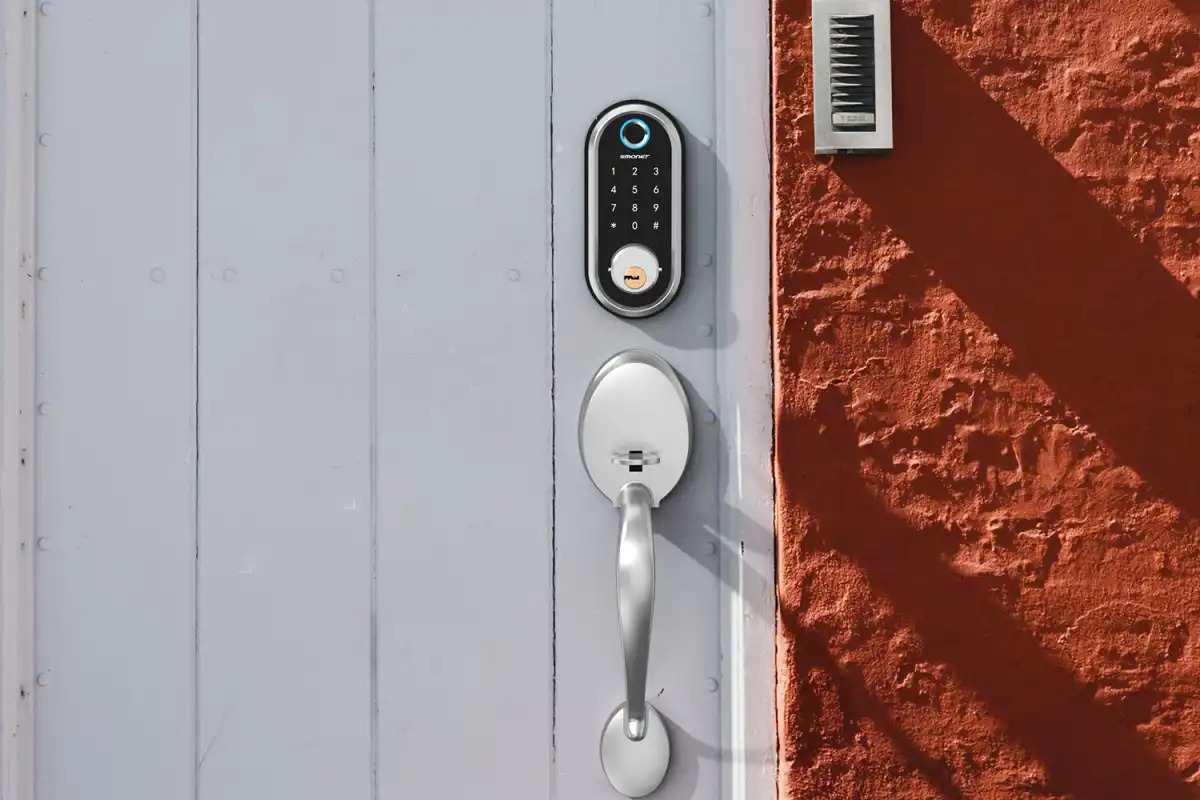

0 thoughts on “How Does A Smart Lock Work”